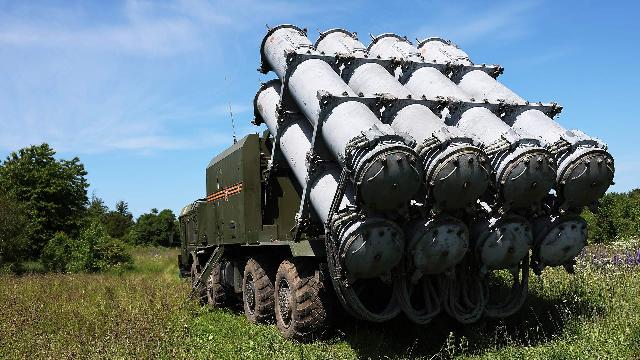Anti-drone groups have been created taking into account the experience of their
Groups of protection against drones are being created as part of the coastal missile forces. They are armed with anti-drone and pump-action rifles, as well as portable anti-aircraft missile systems. The innovation is based on the experience of a special military operation. Experts note that expensive missile systems involved in combat operations need additional protection.
New units in the coastal missile forces
Coastal missile forces will protect against UAVs. Special anti-drone groups have been set up in the missile brigades, sources in the military department told Izvestia. They are armed with anti-drone and pump-action rifles and portable anti-aircraft missile systems.
Drone protection groups guard coastal missile systems both on the march and in firing positions. The innovation appeared based on the experience of a special military operation.
"This is a timely and correct decision," Admiral Sergey Avakyants, ex—commander of the Pacific Fleet, told Izvestia. — In general, this is a separate area that needs to be developed: all facilities, both mobile and stationary, should be equipped taking into account their experience and taking into account the mass use of drones.
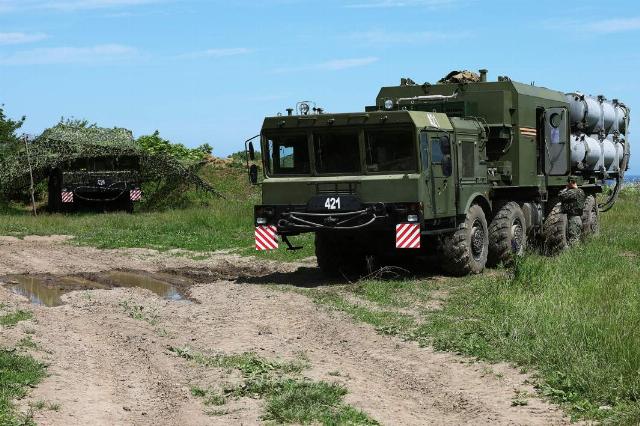
Photo: RIA Novosti/Mikhail Golenkov
Image Source: iz.ru
According to the admiral, anti-drone groups are not enough to fully protect the facilities.
— There should be a whole range of protection: anti-drone rifles, new weapons, stationary protection, electronic warfare. Early detection tools are needed. Pump-action shotguns and MANPADS won't help with a massive raid. Therefore, we need means of detection, electronic warfare and means of destruction. And means of stationary protection, taking into account the experience of the SVO," concluded Sergey Avakyants.
Any means of air defense for formations of coastal missile forces in the face of modern threats are in any case not useless, military expert, Rear Admiral Mikhail Chekmasov told Izvestia.
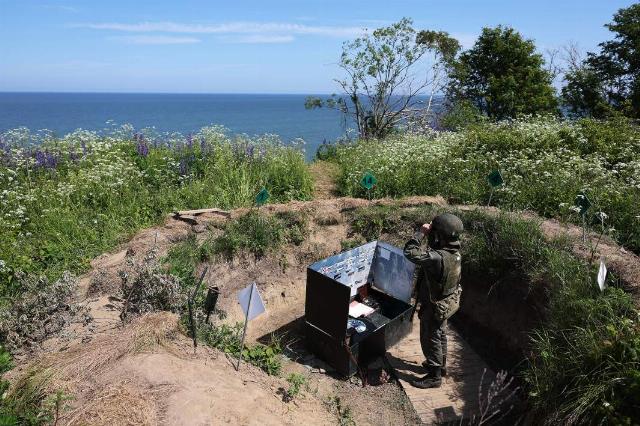
Photo: RIA Novosti/Mikhail Golenkov
Image Source: iz.ru
— This will strengthen the defense of coastal missile systems in the positional areas and beyond. They will be more protected from air attack," he said.
Coastal missile systems are very expensive weapons systems, said military expert Dmitry Boltenkov.
"It is known that two coastal missile brigades are working during a special military operation," he told Izvestia. — Installations have great practical capabilities for hitting targets. The complex is very expensive, and there are at least 16 of them in the team. In the new conditions, when the threat of drones has increased, they must be protected.
Coastal missile forces are capable of destroying both sea and land targets with high accuracy. They are armed with Bastion mobile complexes. Their supersonic Onyx anti-ship missiles can hit targets at a range of up to 600 km.
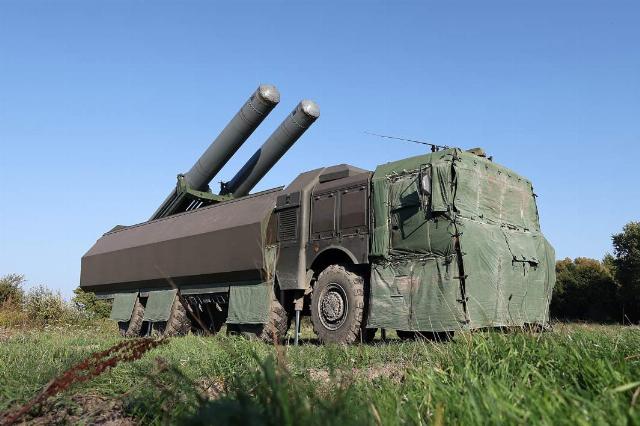
Photo: RIA Novosti/Vitaly Nevar
Image source: iz.ru
In addition, the coastal missile forces are armed with Bal complexes. This system is designed to protect the coast and straits, as well as cover naval bases. She has the ability to fire single missiles and volleys of up to 32 subsonic missiles. After recharging, which takes 30-40 minutes, the complex is ready to fire again. The range of the DBK is more than 120 km. Thanks to the latest navigation system, the Ball can quickly change starting positions.
How the pre-armed forces strengthen protection against drones
The pre-armed forces have recently been paying great attention to countering drones. Recently, a section on combating UAVs appeared in the combat training program for railway troops. When conducting classes within the framework of this course, the experience gained during a special military operation is taken into account, and the personnel are directly involved in combat operations. The destruction of drones is being practiced using smoothbore weapons, regular submachine guns, machine guns, including large-caliber ones, as well as anti-aircraft installations, including twin ZU-23-2. In addition, electronic warfare (EW) equipment will be used.
In addition, special units are being created in the Russian Armed Forces to combat UAVs that will protect warehouses, storage bases and arsenals. Air defense officers will have to determine the number of observation points and firing points. And representatives of logistics should work out logistics issues, from uniform uniforms to special weapons to combat drones.
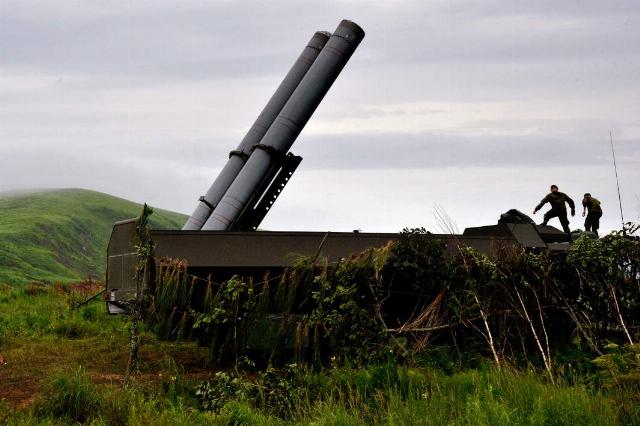
Photo: RIA Novosti/Vitaly Ankov
Image source: iz.ru
Since last year, the Navy has begun to strengthen the protection of naval bases from aerial and naval drones. Among the first to be deployed, the Kamchatka brigade of ships protecting the water area received an anti-ship protection control post, as well as air surveillance points with a watch service. Twin ZU-23-2 anti-aircraft guns were installed in places with firing-friendly sectors around the perimeter of the base. They have proven themselves well during a special military operation when performing such tasks.
The Navy has already conducted several exercises to repel attacks by enemy air and sea drones. They were held as part of the combat training program on anti-ship protection, which provides for the development of tasks for the destruction of unmanned boats and UAVs.
Roman Kretsul
